Conservation Conversations
Topic 1: Farmers & Regenerative Agriculture
Q&A with Grace Jorgensen
People play an essential role in protecting the environment; not only those who conserve nature but those who work with it, who experience it tangibly day in and day out: farmers.
Welcome to our series where we’re taking you into the, sometimes touchy, subjects that surround environmental protection in the hopes of providing you with information and knowledge on viable solutions for a sustainable future.
In this first conversation, who better to ask about how to prioritize nature’s needs while working in equilibrium with the land than a farmer who emphasizes this on a daily basis?
Meet Grace Jorgensen, Senior Field Coordinator at Stone Barns Center for Food and Agriculture.
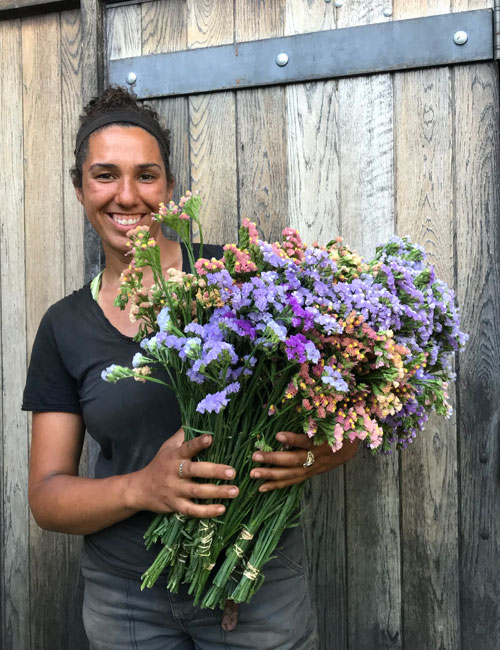
I’m Grace, I’ve been farming for 5 years now. I studied biology and chemistry but started as premed.
As time went on, I realized that I really got more into biology for the environmental aspect and was always interested in conservation. I also always loved food but never thought that I would make something like this my career.
I got into farming for more of the conservation aspect. I wanted to be physically on the ground working with the land, instead of going into policy work so I felt like this was a very interesting way of doing that.
How is sustainable farming practiced (through your experience at Stone Barns, the location & farm)?
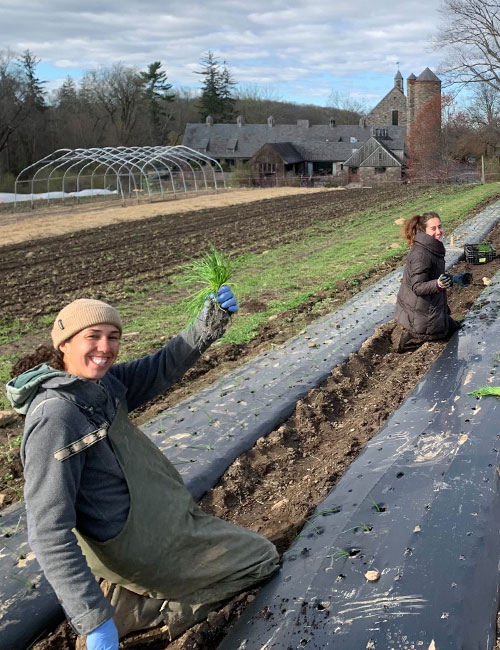 At Stone Barns, we are not certified organic or biodynamic but we incorporate all of those practices into our system. It’s a non-profit and we have partnered with the Rockefeller preserve to create the “Climate Action Plan,” which essentially just connects agricultural stewardship and ecological systems management.
At Stone Barns, we are not certified organic or biodynamic but we incorporate all of those practices into our system. It’s a non-profit and we have partnered with the Rockefeller preserve to create the “Climate Action Plan,” which essentially just connects agricultural stewardship and ecological systems management.
What we are doing in the preserve and on the land of Stone Barns is running a multispecies grazing plan (including cattle, pigs, sheep, goats, and chickens) across roughly 400 acres and having an extremely diversified vegetable and grain system. We use the animals to manage the preserve.
Each of the animals in the system brings a range of services to the land and has the potential to improve biodiversity, soil health, carbon sequestration, and soil water retention and absorption, while also maintaining the health of the grasslands and the animals themselves.
On the vegetable side, we are growing on about 10 acres of land. The way we manage the space is through a seven- or ten-year rotation, meaning that a vegetable family will never be in the same space for seven or ten years.
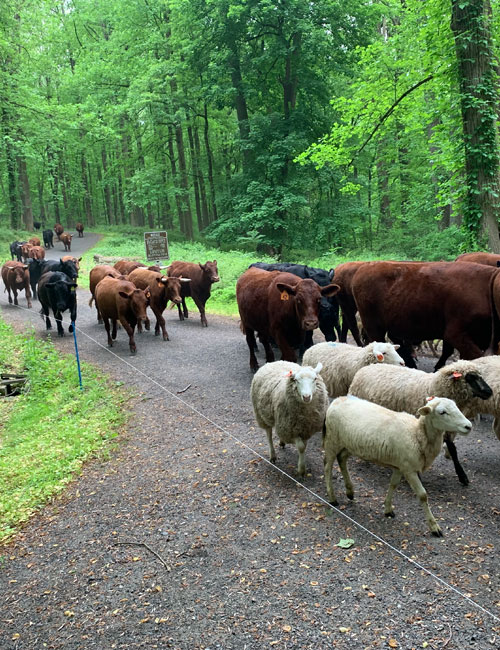 We also do a lot of cover cropping, which is pretty much useless financially for the farm but is essential in regenerative agriculture for maiming soil health.
We also do a lot of cover cropping, which is pretty much useless financially for the farm but is essential in regenerative agriculture for maiming soil health.
Diversity is a major player in the vegetable system. We grow about 500 varieties of vegetables in the space. All of this diversity is good for soil health and great at attracting different species of pollinators or insects to the space. Having crop diversity is also a form of insurance for farmers because if there happens to be a crop failure with one variety then you have more as backups that may be more disease resistant or resilient.
We ecologically monitor the land to measure the impacts of our work. We monitor birds, animals, and insect populations. We do soil tests, measure the carbon in the soil, and do water monitoring. All of these data points demonstrate the impact of our work and how it’s been improving the land over the time we have managed it.
Are there aspects of your farming that take into consideration the local vegetation/wildlife? If so, what are they?
Yes, our livestock team manages our preserve. The way they manage that space is by taking into account all of the vegetation and wildlife in that area.
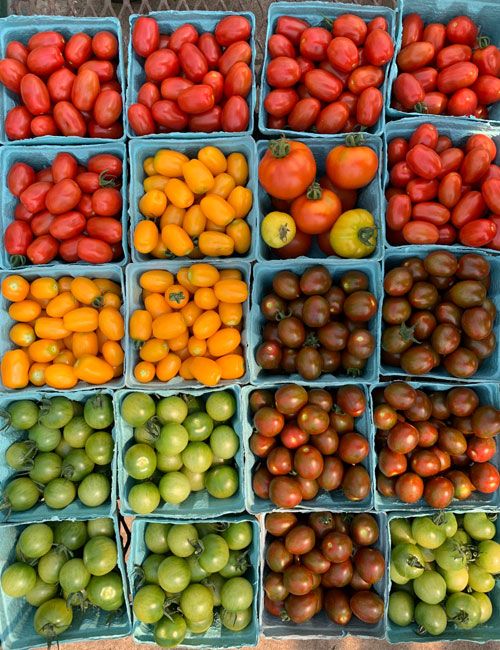 For example, we have switched up our cattle’s grazing plan to accommodate native ground nesting birds. To get into this example a bit more, when the preserve was solely managing the space, they would consistently mow the pastures to keep them looking pristine but, we noticed that there was a native ground-nesting bird to the area, the bobolink, that was not nesting in our pastures due to all the disturbance. They would inhabit the space but never nest or reproduce there, causing inconsistent local populations of the bird.
For example, we have switched up our cattle’s grazing plan to accommodate native ground nesting birds. To get into this example a bit more, when the preserve was solely managing the space, they would consistently mow the pastures to keep them looking pristine but, we noticed that there was a native ground-nesting bird to the area, the bobolink, that was not nesting in our pastures due to all the disturbance. They would inhabit the space but never nest or reproduce there, causing inconsistent local populations of the bird.
When we took over the management of the preserve, we changed the grazing plan to accommodate the reproductive timing of the bird. What we have found over the past two years is that without disturbance to their reproductive nesting grounds, we are noticing that they are increasing in population numbers and actually choosing to fledge their young here.
How is the farming you practice better for the land but also for those who make their livelihoods from what the farm produces?
Regenerative farming practices are better for the long-term health of the soil, land, environment, and people who are farming it, but it is not the easiest system to work in or implement. It is much more labor intensive and therefore more costly.
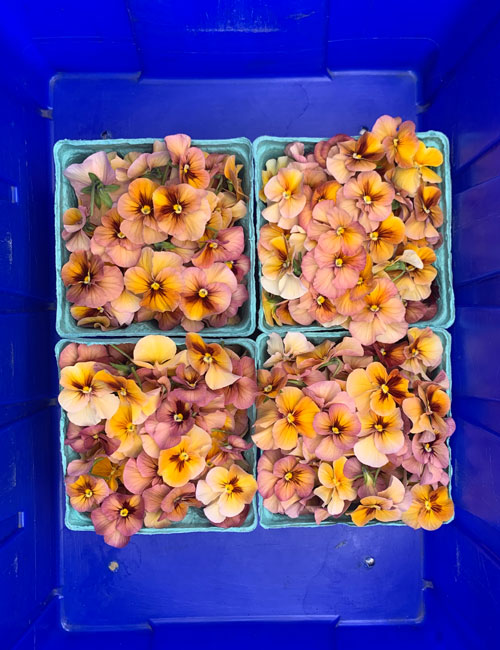
In your opinion, what are next steps in the sustainability aspect of farming that you’re personally excited about?
Although this job can be extremely physically demanding and undervalued by many in society, it’s a very passion-driven job. It’s amazing to do this work knowing that I’m taking care of myself, my community, and, most importantly for me, the land.
Current research on grassland management using livestock has been very exciting and interesting for me to follow because so many people think of cattle operations as being horrible for the environment and the land but really, it’s all about how the cattle are being raised and managed. There’s a lot of research being done that is showing that having livestock on grasslands is almost essential to keeping it healthy if managed properly. It can increase carbon sequestration, improve soil health and pasture health, help with water retention, and improve biodiversity.
Learn more about Grace on Instagram and the Stone Barns Center for Food and Agriculture website.
Did you enjoy this first conversation of the series? Please let us know in the comments if there is a community you would like us to address.
Read Next
You Can Help Bring Justice to the Biosphere and Save Life on Earth
WILD is linking people around the world with the effort to restore traditional lands to the Yawanawa People. And you can help!
Yes, You Actually Can Help Local Communities in West Africa & Slow Mass Extinction too!
Because of the Mali Elephant Project people are able to help restore and protect elephant habitat in an economically and ecologically challenging context
The Time to Act Was Yesterday
Encouraging and strengthening young conservation leaders is absolutely essential if we are to achieve a just and sustainable future. Learn more about CoalitionWILD – WILD’s young conservation leader network.
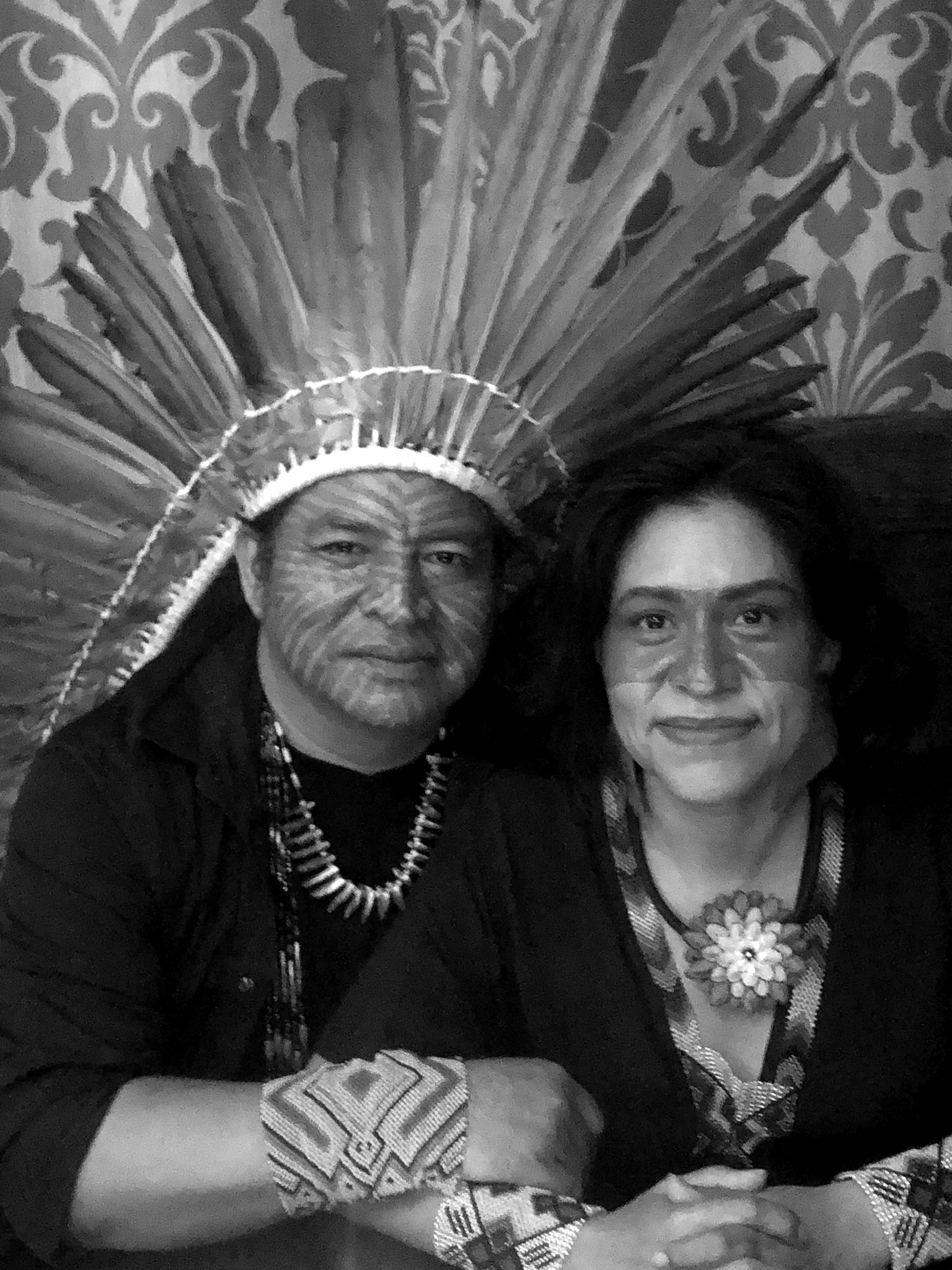
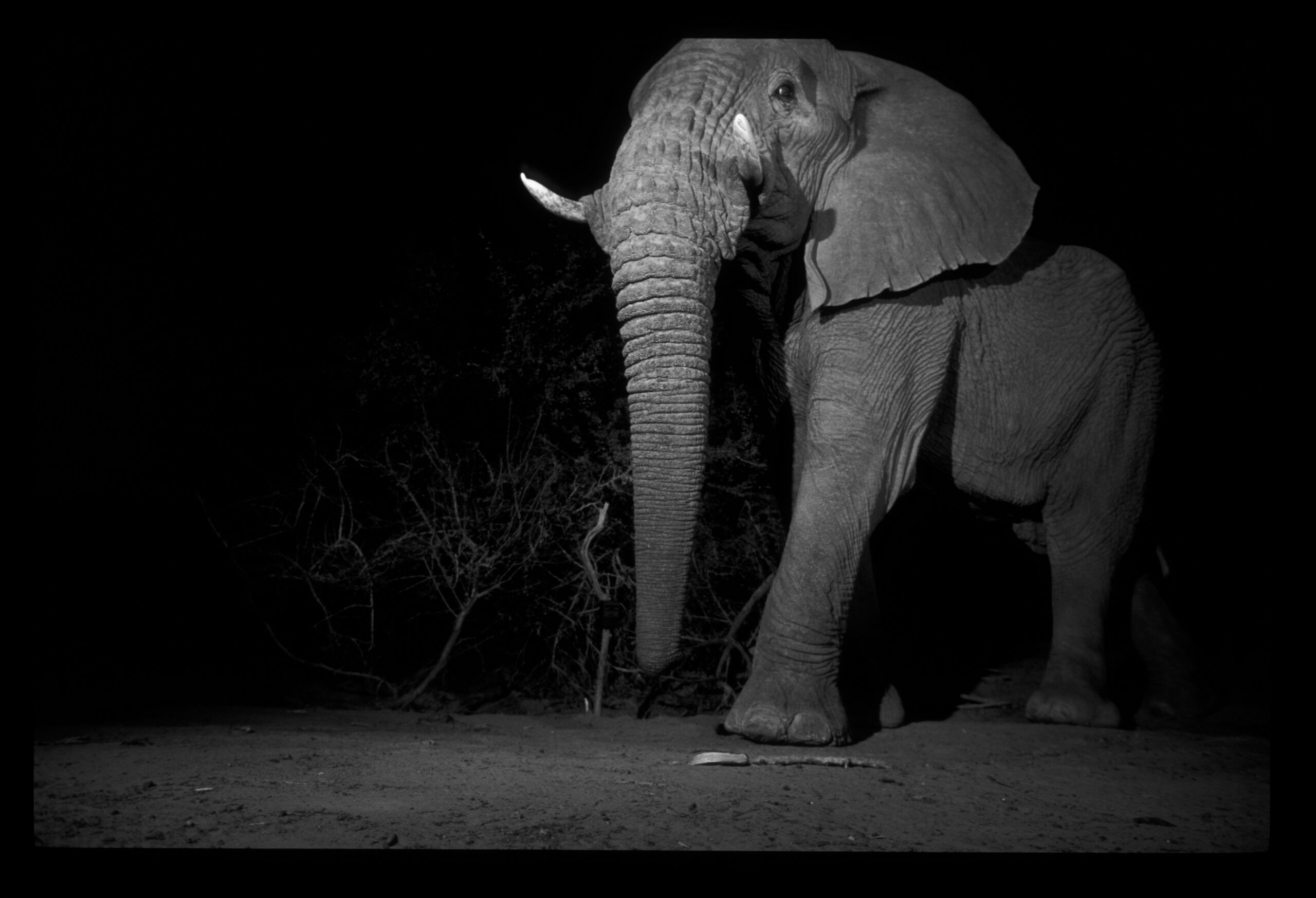

0 Comments